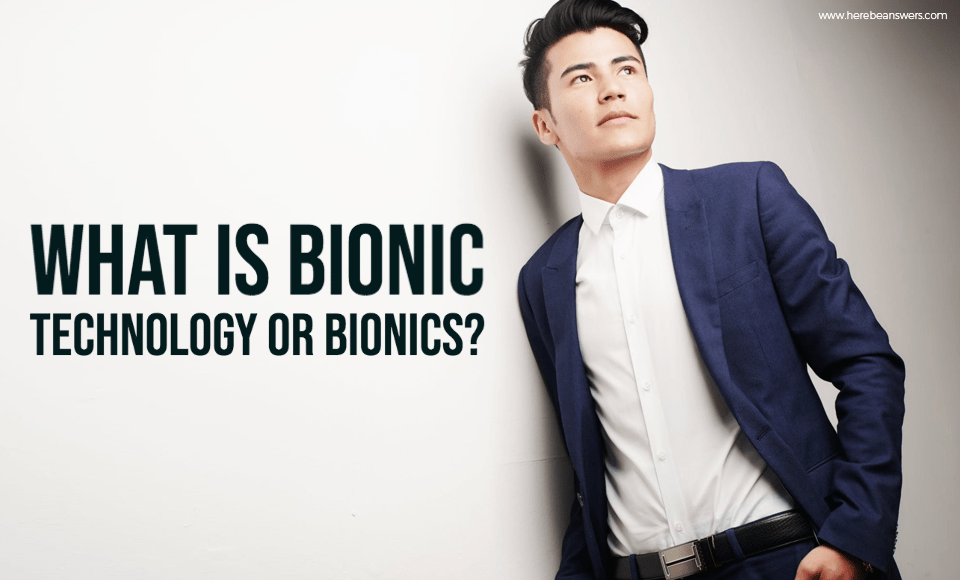Under the traditional method, a wooden or a marble leg or a glass eye was made for a person who had lost a leg or an eye. Making well-fitting limbs certainly called for craftsmanship, but no technology was involved. Such prostheses (artificial limbs) served no purpose other than giving some support to the wearer’s body or making them feel their appearance was normal to other people.
Bionic Technology
Bionic technology does not stop at making well-fitting prostheses. The tern ‘bio’ in the word bionic has not been prefixed for nothing. The fundamental agenda of bionic technology is to ensure that artificial limbs such as eyes, legs or arms carry out their functions like the normal limbs. In short, even if the limb fitted in the place of the missing one happens to be a non-living thing, it must be sufficiently ‘live’ to carry out its functions according to the desire of the wearer.
Making such relatively normal or live limbs was a great challenge. Hence the researchers had avoided grappling with it till the end of the 20th century. Instead, they had experimented with two comparatively easy options and were rewarded with a correspondingly low rate of success. The first of these options was the removal of the non-functioning limb or the organ surgically and transplanting a healthy, functioning body part in its place. Another option was that of avoiding surgery altogether and finding and fixing the defect in the diseased or non-functioning organ, done through a machine.
Successful experimentations of the former option were carried out for the first time by a young man named Joseph Murray, in the city of Boston, USA, in 1954. The surgeons transplanted one of his diseased kidneys with the healthy kidney donated by his twin brother. Other significant milestones in the field of human organ replacement were transplantation of liver and that of heart in 1976. As regards the option of entrusting the work of the malfunctioning organ to the machine, the first breakthrough came in the form of an artificial kidney or the kidney dialysis machine invented by the German researcher Willem Kolb in 1943. However, it did not become a harbinger of other similar machines for the simple reason that other machines that the body would constantly require, had to be very small in size so that they could be fitted inside the body. There was also the problem of ensuring some power supply for them. The experiments regarding implanting an artificial heart were taken up during the 1980s. Still, they were not considered successful as all they could achieve was the postponement of the patient’s death by a few months.
It should be remembered that all these efforts had been aimed at only four or five organs, while nothing much could be done for other limbs and organs. The main area of resistance that the researchers faced so far had been the inability to make the artificial organ adapt to the biology of the patient. A perfect synthesis of engineering and electronics was called for to tackle this problem. The last decade of the 20th century was spent by the researchers in establishing the required fine-tuning. It is only now, in the first and the second decade of the 21st century, that the experts in these diverse fields have started tasting success up to some extent and have opened up the novel field of bionic technology.
The research on giving a complete bionic form to many human limbs is on a fast track. In other words, the research on the making of a bionic human is in full swing, albeit the bionic revolution is yet to achieve full bloom.
Additional reading:
Bionics (Wikipedia)
Related post(s):

